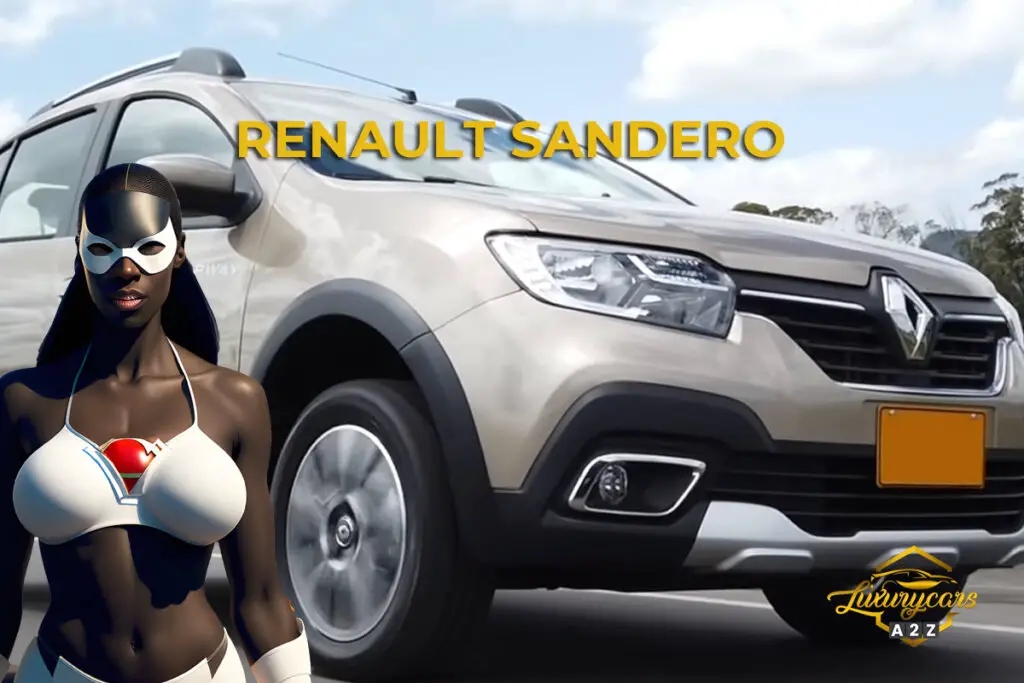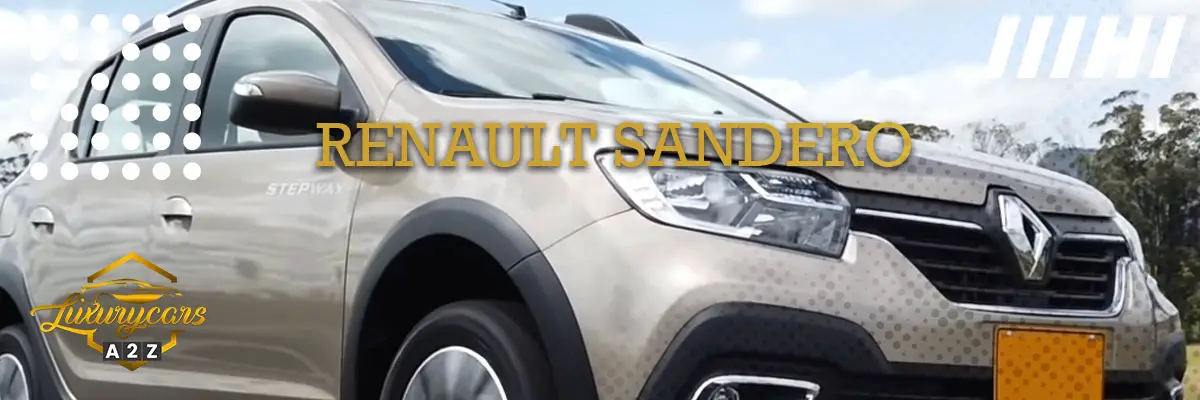The Renault/Dacia Sandero is a subcompact car made by both Renault and its Romanian subsidiary, Dacia. The Sandero came out in 2008 and has since been fully redesigned two times. The latest, 3rd, generation of the Sandero came about in 2020 and is still being produced and sold globally.
In this article, we are going to go over all the common problems with Dacia Sandero which means listing everything that’s wrong with it and following it all up with useful advice on how to avoid these problems in the future. Some of these problems are indeed worse than others which means that some are going to require professional assistance.
The most common problems with Renault Sandero include rusting issues, issues with the electrical system, ECU faults, problems with the DPF, and problems with the high-pressure fuel pump (HPFP). Earlier models of the Sandero are indeed more problematic while later models are more robust.
Either way, the Sandero is a decent, affordable, and popular subcompact car with a substantial following thanks to being featured in Top Gear quite a few times. If you are in the market for a Sandero, be sure to read this article to find out what you need to look out for and how to avoid buying a lemon.
Rust Issues
This is a problem predominantly associated with the 1st generation of the Sandero, but many report state that 2013-2016 Sandero models are also prone to rusting. This was a pretty big problem for Renault/Dacia which prompted them to extend their warranty coverage from 5 to 7 seven years in order to satisfy customer worries.
However, the chances of your car corroding are getting higher and higher the more miles it does and the longer it spends its time on the road. One source states that the Indian factory failed to provide a proper paint mixture that was directly correlated with rust and corrosion. Moreover, some reports in Europe state that older Renault/Dacia cars are actually less prone to rust compared to newer cars.
Electrical Problems
There are countless reports about the Dacia/Renault Sandero suffering from a wide variety of electrical problems, most of which are thankfully not affecting the car’s ability to drive. The most common electrical problems include faulty infotainment systems which can either go blank or freeze. Air conditioning trouble is also widely reported as the car is unable to cool down/heat up the cabin quickly.
One of the more notable problems is one related to busting headlights which can be a safety hazard during nighttime. Smaller problems such as problems with the power windows or power locks have also been reported, but not as often as the problems mentioned above.
DPF Problems
If you come across symptoms such as reduced engine performance, warning lights, increased fuel consumption, or difficulty starting/stalling, chances are that your DPF filter is to blame. Over time, the DPF can become clogged with soot, which can lead to a number of problems. To fix this, you will either have to clean the DPF if possible, or replace it which isn’t cheap.
In order to avoid these problems, you have to follow all the scheduled maintenance intervals and change your driving habits. This may involve driving at higher speeds or for longer periods of time to allow the engine to reach higher temperatures and burn off accumulated soot in the filter.
ECU Problems
The electronic control unit (ECU) is a critical component in any modern vehicle, including the Dacia Sandero. It is responsible for controlling many of the engine’s functions, including fuel injection, ignition timing, and emissions control. However, it can also fail and cause a wide variety of problems.
These include erratic behavior such as rough idling, inconsistent acceleration, and poor fuel economy. Because the ECU is tasked with controlling several essential metrics, it is important to have it checked as soon as possible in order not to cause any more issues down the line.
High-Pressure Fuel Pump Problems
If the HPFP fails, your engine will become starved of fuel and thus will likely stall and refuse to start. HPFP problems can also be accompanied by early misfires, rough idling, and reduced engine performance. One way to tell if your HPFP is working is to listen to it priming when turning on the ignition.
If you can’t hear the HPFP priming, or if it is too noisy or inconsistent, chances are that it is going to fail eventually and will need replacing.
FAQ Section
Is the Renault/Dacia Sandero a Relaible Car?
In terms of reliability, the Sandero has performed well in independent surveys and rankings. For example, the Sandero has consistently ranked highly in the What Car? annual reliability survey, and in the 2020 JD Power Vehicle Dependability Study, the Sandero was rated as one of the most dependable small cars in the UK market.
However, in order for it to be reliable, you need to frequently carry out all the essential maintenance which includes oil changes, oil filter changes, brakes maintenance, gearbox fluid replacements, air filter replacements, etc.
Is There an Electric Renault/Dacia Sandero?
As of right now, there are no electric Sandero models on sale, but Dacia and Renault are working hard to introduce many EVs in the coming years, one of which might actually replace the Sandero. It’s called the Dacia/Renault Spring Electric which is a subcompact affordable EV that hopes to attract lots of buyers with its affordable price.
Renault and Dacia may offer an electric version of the Sandero in the future, as many automakers are increasingly turning to electric powertrains to meet emissions regulations and consumer demand for electric vehicles, but we will have to wait and see.
Why is the Sandero Both Renault and Dacia?
The Renault Sandero is a car produced by Renault in partnership with its subsidiary, Dacia. Renault owns a majority stake in Dacia, which is a Romanian automaker that produces affordable vehicles aimed at budget-conscious buyers.
In some markets, the Sandero is sold as a Renault, while in others it is sold as a Dacia. The choice of branding depends on various factors, including market positioning and brand recognition. Renault also wants to separate these two brands in more competitive and advanced markets such as Europe to retain a higher Renault brand value.


